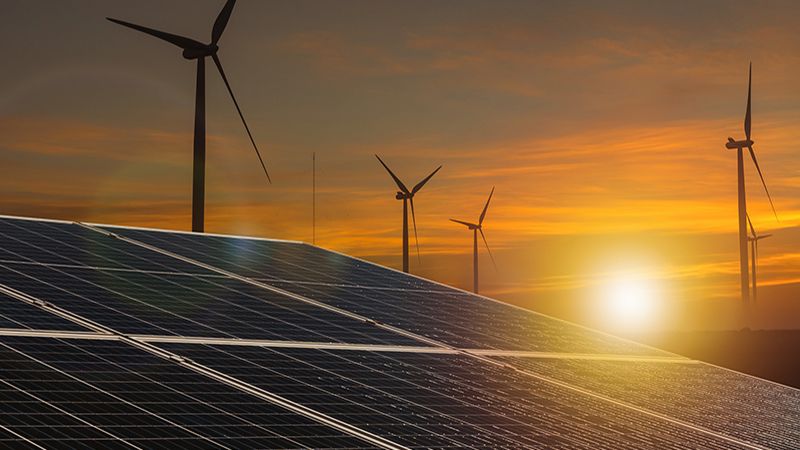Sovereign wealth funds (SWFs) are increasingly investing in the green energy transition as renewable energy tops climate investment priorities, according to a report by PwC.
The report – Rethinking the role of long-term investors in the energy transition – published in collaboration with the International Forum for Sovereign Wealth Funds (IFSWF) and One Planet Sovereign Wealth Fund Network (OPSWF), looked at how long-term investors – especially SWFs and large public pension funds (PPFs) – are approaching the green energy transition.
It found SWFs are giving more attention to climate-related risks and opportunities, with an overall $2bn (£1.6bn) increase in investments into renewable energies from 2022 to 2023. While, investments in EV and batteries increased to $2.8bn (£2.2bn) from 2022.
However, despite this increased investment, the volume of capital from these investors still falls short of what is required to achieve global decarbonisation goals, particularly in emerging markets. It found that in 2023, only 0.4% of the $729bn (£571bn) of global investments allocated towards the energy transition infrastructure came from SWFs.
The International Energy Agency (IEA) estimates suggested $4.5trn (£3.5trn) of investments is needed annually by early 2030 to achieve net-zero emissions by 2050.
As a result, the report called on SWF investors to “bridge the gap between the current energy system and the clean-energy system of the future”, suggesting that the renewable energy sector faces the largest investment gap. This includes solar farms, wind farms, chemical battery storage and hydroelectric dams that need more funding to supply carbon-free electricity.








